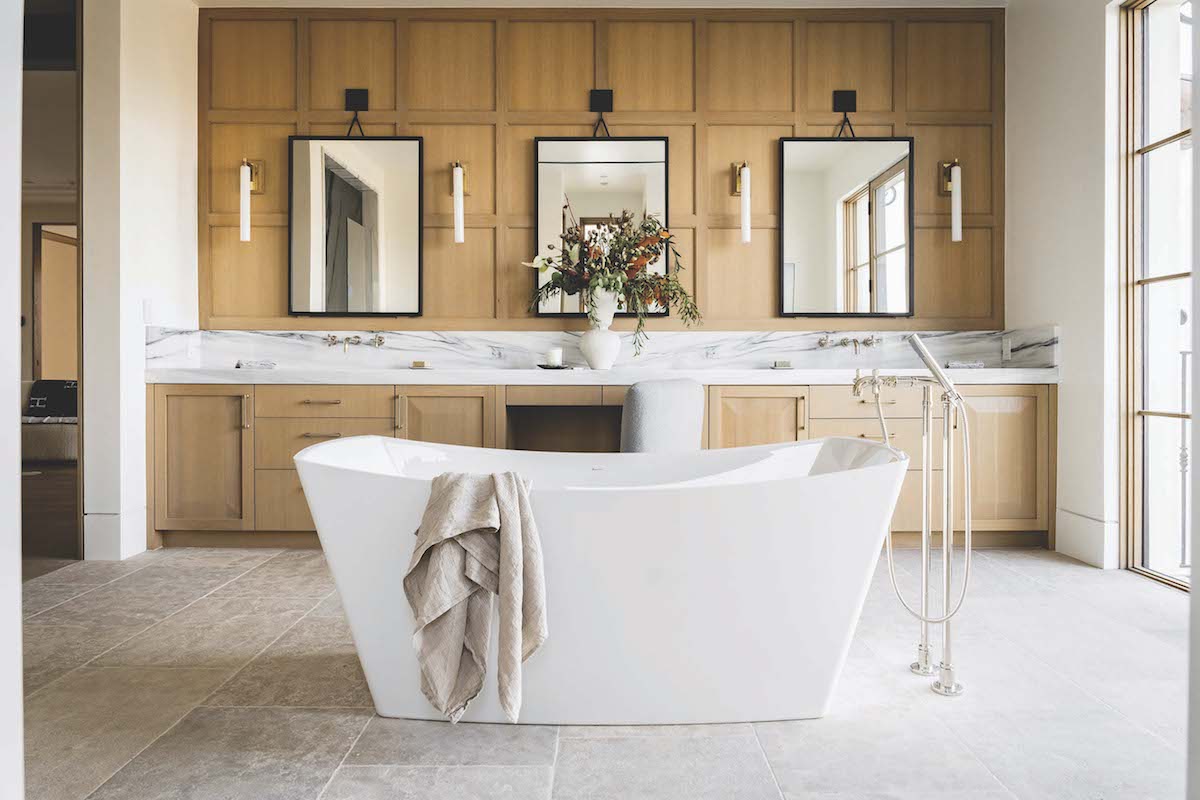
Mindful interior design elevates mental and physical well-being.
By Tanya A. Yacina
Our homes serve as sanctuaries and places to rejuvenate, especially amid today’s fast and demanding pace. When building or remodeling a house, it’s important to recognize the impact our surrounding space has upon both mental and physical health. From cultivating a sense of tranquility to fostering an atmosphere of productivity, incorporating thoughtful spaces and design elements has the potential to elevate our daily lives and nourish our souls.
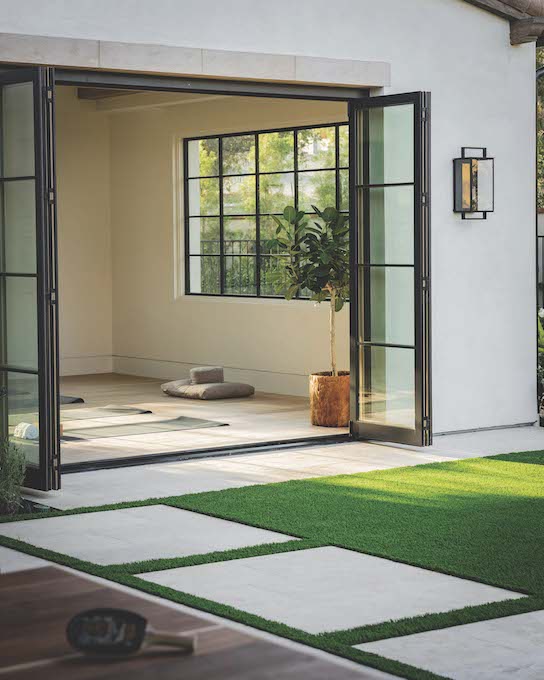
“In a nutshell, wellness-focused interior design is about more than aesthetics. It’s about nurturing the body, mind and spirit,” says Laura Brophy, creative director and principal designer of Laura Brophy Interiors. “It’s not merely a design technique, but a mindset and overall holistic approach to creating spaces that exude balance, tranquility and positivity. By creating well-designed spaces, we are able to contribute to a healthier, happier and more fulfilling lifestyle for our clients and the guests who occupy their homes.”
Anne Michaelsen Yahn, principal designer and owner of Anne Michaelsen Design Inc., says wellness-focused interior design places the utmost importance on the health of buildings and homes themselves—by using materials that are less toxic or chemical free, environmentally sound and ethically produced—as well as the people who live and or work in the space, and recognizes that the built environment greatly influences our physical and mental health.
Tranquil Trends
“Today, clients are looking for their homes to promote their healthy lifestyle and to provide a respite from their daily lives outside the home,” Michaelsen Yahn says. “People are searching for a balance between their personal well-being while respecting and protecting the natural environment. The importance of lifestyle—diet, exercise, sleep, managing stress, etc.—have come to the forefront.”
Brophy says that while effective wellness-focused design must take all five senses into consideration, her firm always starts its projects with mindful planning. Spaces that are designed to flow well—and for how a person actually lives—promote a sense of calm and order.
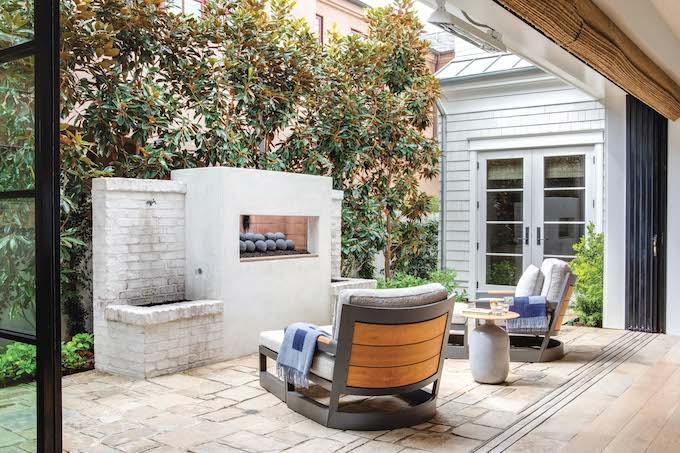
“In today’s fast-paced lifestyle, wellness-focused design has become a vital necessity for all of us,” Brophy says. “Modern life can be overwhelming and stressful, and we all need places that allow us to escape and unwind. Mental health has become a pressing concern, and our homes play a crucial role in supporting our emotional well-being. Our physical health is also profoundly influenced by our surroundings. Wellness-focused design ensures that the air we breathe is cleaner, the lighting is more natural and our furniture promotes better posture, ultimately contributing to improved overall health and productivity.”
Michaelsen Yahn says clients request spa-like elements in their bathrooms, like saunas and steam showers. She has also designed outdoor showers, weather permitting, and says some plumbing lines can even have wellness systems that incorporate water, light and sound.
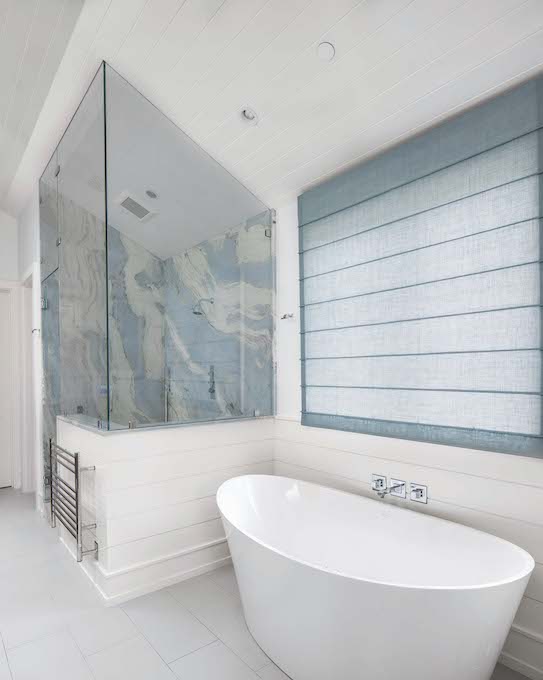
Brophy agrees that while hot and cold therapy is not a new trend, it seems to be growing in popularity. “The number of client requests to include steam rooms, infrared saunas and dedicated cold plunges in their homes has risen sharply,” she says.
Michaelsen Yahn adds that views looking out to private gardens and fountains are on the rise. “The interior’s connection to nature is key. Natural light and views to the outside are very important [as well as] natural construction and furnishing materials; colors that reflect nature,” she explains. “Adding a small wellness space can be as easy as choosing a special corner with good natural light and adding a rug of natural fibers, some trees and/or plants and a few objects that are meditative for you.”
Indeed, “biophilic design is all the rage right now,” Brophy says. “It’s all about bringing the beauty of nature indoors by incorporating plants, natural materials like wood and stone, and maximizing natural light. It’s about fostering a strong connection with nature to promote a sense of tranquility and serenity.”
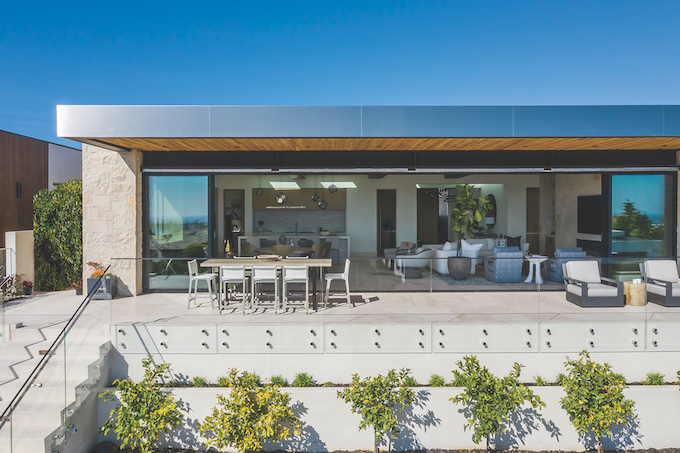
Michaelsen Yahn says her firm also gets requests for design of yoga and meditation rooms or spaces within other rooms for these practices. Brophy agrees, noting the pandemic shifted our focus on health, carving out a spot for fitness and wellness is now a must-have element. “People are transforming their homes to include dedicated workout areas, meditation spaces and yoga studios,” she says. “Prioritizing fitness and well-being has never been more essential.”
Embrace the Calm
To achieve a Zen-like atmosphere in the home, Brophy recommends incorporating soothing colors such as soft blues and greens as well as light earth tones in gray, brown and tan. “To strengthen the impact of biophilic design principles in your home, you might draw inspiration from the surrounding natural environment when developing the color palette for your project,” Brophy says.
She also suggests installing good lighting that is layered—including ample natural light during the day. Combined with calm colors, the right lighting can help to create a space that truly reflects yourself and promotes functionality.
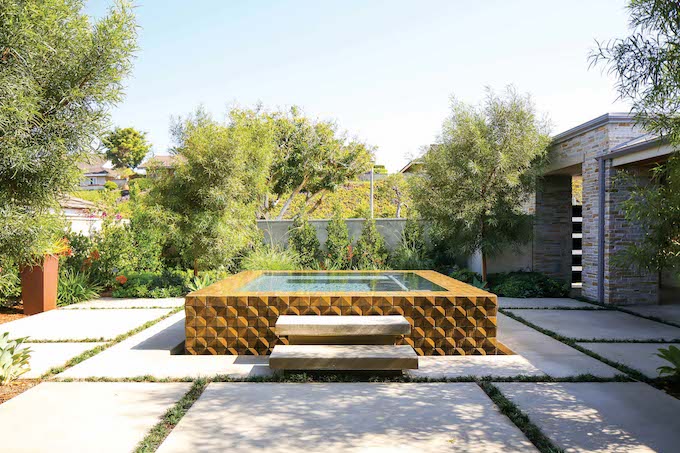
“Embrace natural lighting by incorporating expansive windows, dramatic skylights and elegant glass doors. Picture this: The sunlight cascading in, giving your space a warm, uplifting glow that connects you with the beauty of the outdoors,” she says.
Michaelsen Yahn says lighting systems can emulate the body’s circadian rhythm, and human-centric lighting systems recognize that, as humans, we are affected by the patterns of the sun. The hue of the interior lighting can change to emulate that of the sun, bringing nature inside and helping us stay in sync and happy.
“Integrate biophilic design practices by sprinkling lush greenery throughout the home,” Brophy adds. “Incorporate organic materials, textures and colors to create a space that exudes a soothing aura, creating a harmonious sanctuary for your soul to thrive.”

Air quality is also key in wellness design. “Both the airflow obtainable by opening windows and doors and the quality of conditioned air is considered,” Michaelsen Yahn says. “Good HVAC—[heating, ventilation and air-conditioning]—systems have filters to clean the air that circulates throughout the home. Additional ventilation systems can be added and even some kitchen hoods are being designed to provide filtration to the entire room—not just for cooking. Refrigerators are also being built with better purification systems.”
If you can incorporate these into the design of your home during the initial architecture phase, optimum results can be achieved as the lighting, heating, air-conditioning and ventilation systems can be planned for. “Appropriate windows and doors to let nature in while providing protection from sun and cold and noise can [also] be specified,” Michaelsen Yahn says.
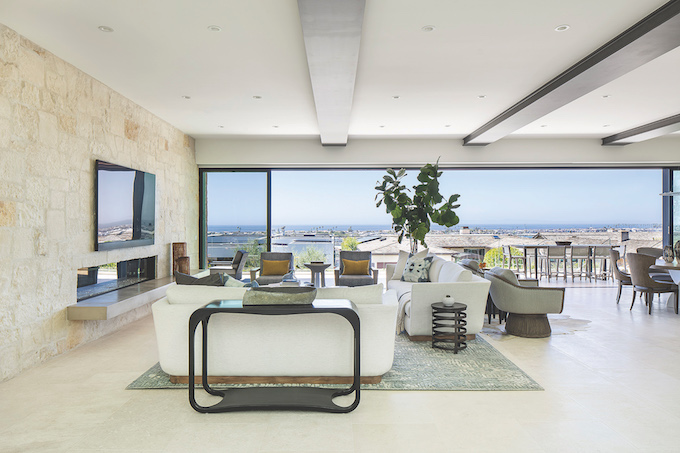
However, even a remodel or refresh of a home or partial space can add some of these elements to increase the wellness factor.
“Overall, wellness-focused design takes a holistic approach to health. It’s not just about the physical or mental aspects; it’s about nurturing the entire person,” Brophy says. “When you’re surrounded by spaces that prioritize your well-being, it empowers you to prioritize yourself, too.”




